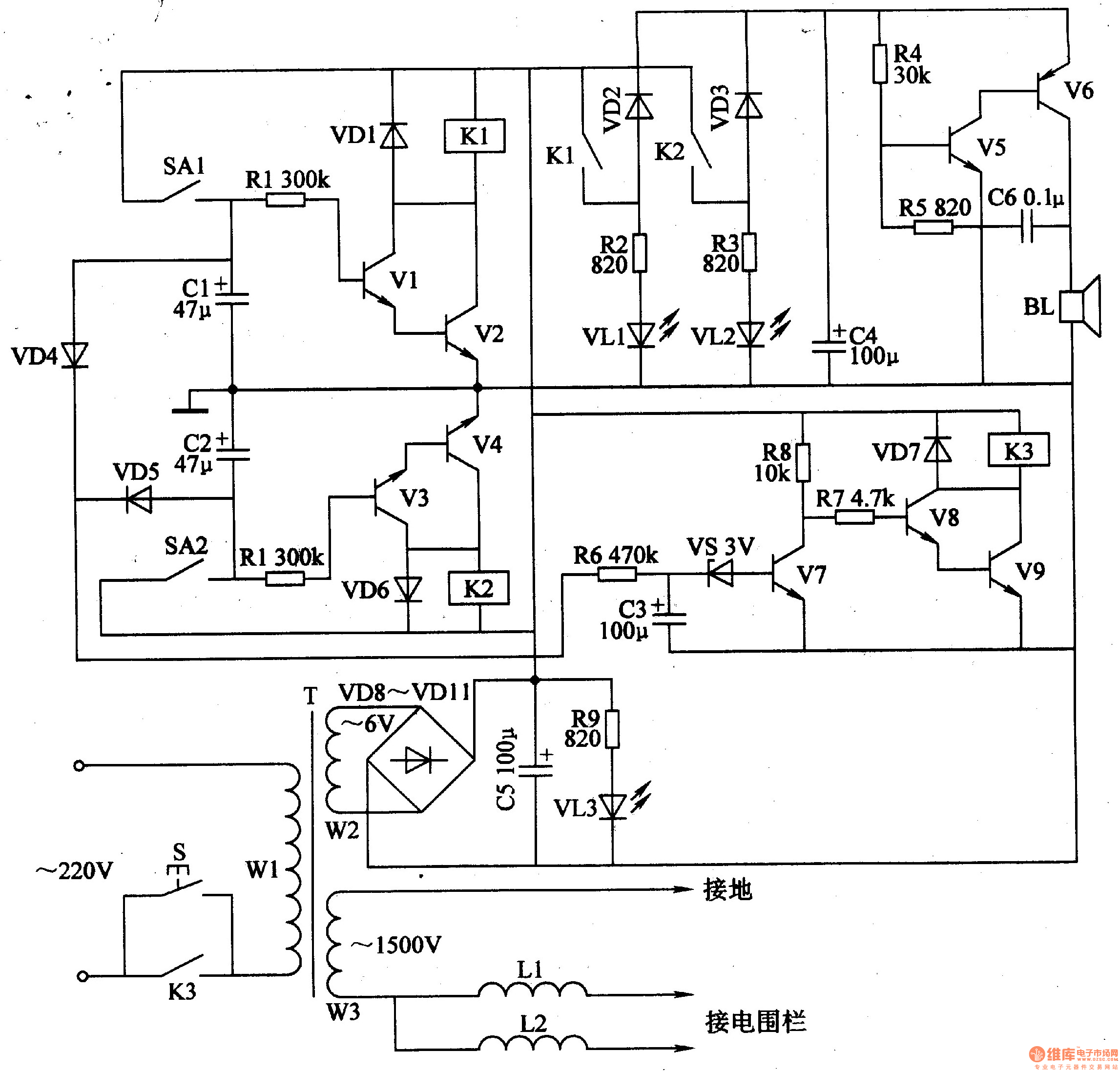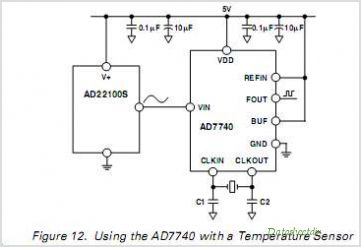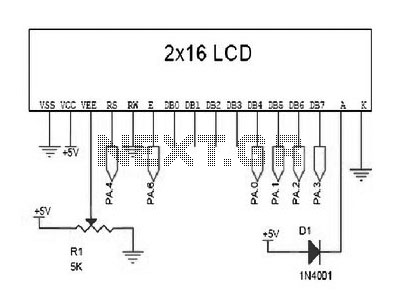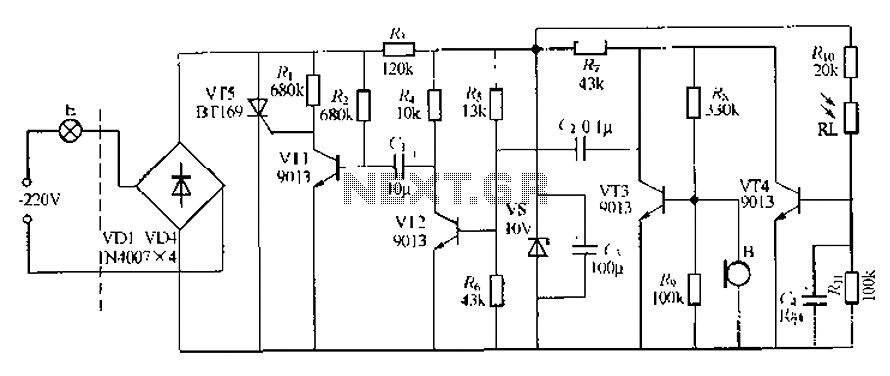
Dimmer Switch General Purpose Electric Power Control
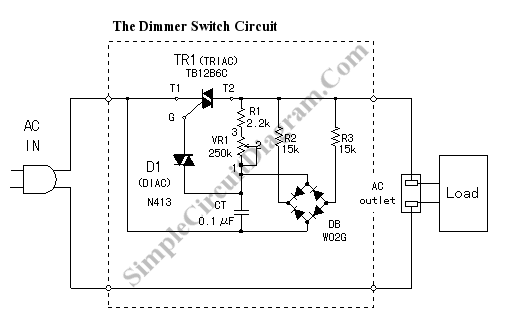
A dimmer switch is an electrical device that can replace standard switches used for lamps, heaters, or certain types of electric motors. Dimmer switches allow for the adjustment of light intensity and power levels.
Dimmer switches operate by varying the voltage supplied to the load, effectively controlling the brightness of the connected lighting or the speed of electric motors. Typically, they utilize a semiconductor device, such as a triac, to chop the AC waveform, thereby reducing the average power delivered to the load.
In a basic dimmer switch circuit, the main components include the triac, a variable resistor (potentiometer), and an optoisolator for safety. The potentiometer allows the user to adjust the resistance, which in turn changes the firing angle of the triac. This firing angle is critical as it determines how much of the AC waveform is allowed to pass through to the load, directly influencing the brightness of the lamp or the speed of the motor.
The circuit may also incorporate a snubber circuit, which consists of a resistor and capacitor in series, to protect the triac from voltage spikes and to improve performance with inductive loads like motors. Additionally, dimmer switches can be designed to include features such as remote control capabilities, programmable settings, and compatibility with various lighting technologies, including incandescent, LED, and fluorescent lamps.
When designing or implementing a dimmer switch circuit, it is essential to consider the load type and compatibility, as not all dimmers are suitable for every type of light source. Proper thermal management is also crucial, as dimmers can generate heat during operation, necessitating heat sinks or other cooling methods to ensure reliability and longevity of the device.Dimmer Switch Introduction Dimmer switch can be used to replace your electrical switch for lamps, heaters, or some types of electric motor. Dimmer switches.. 🔗 External reference
Dimmer switches operate by varying the voltage supplied to the load, effectively controlling the brightness of the connected lighting or the speed of electric motors. Typically, they utilize a semiconductor device, such as a triac, to chop the AC waveform, thereby reducing the average power delivered to the load.
In a basic dimmer switch circuit, the main components include the triac, a variable resistor (potentiometer), and an optoisolator for safety. The potentiometer allows the user to adjust the resistance, which in turn changes the firing angle of the triac. This firing angle is critical as it determines how much of the AC waveform is allowed to pass through to the load, directly influencing the brightness of the lamp or the speed of the motor.
The circuit may also incorporate a snubber circuit, which consists of a resistor and capacitor in series, to protect the triac from voltage spikes and to improve performance with inductive loads like motors. Additionally, dimmer switches can be designed to include features such as remote control capabilities, programmable settings, and compatibility with various lighting technologies, including incandescent, LED, and fluorescent lamps.
When designing or implementing a dimmer switch circuit, it is essential to consider the load type and compatibility, as not all dimmers are suitable for every type of light source. Proper thermal management is also crucial, as dimmers can generate heat during operation, necessitating heat sinks or other cooling methods to ensure reliability and longevity of the device.Dimmer Switch Introduction Dimmer switch can be used to replace your electrical switch for lamps, heaters, or some types of electric motor. Dimmer switches.. 🔗 External reference

